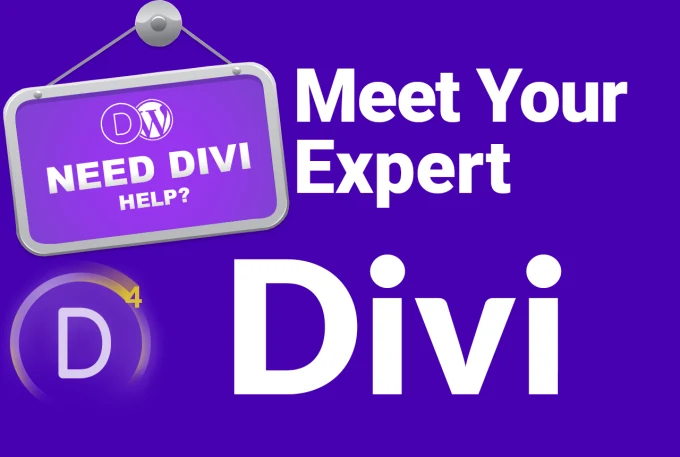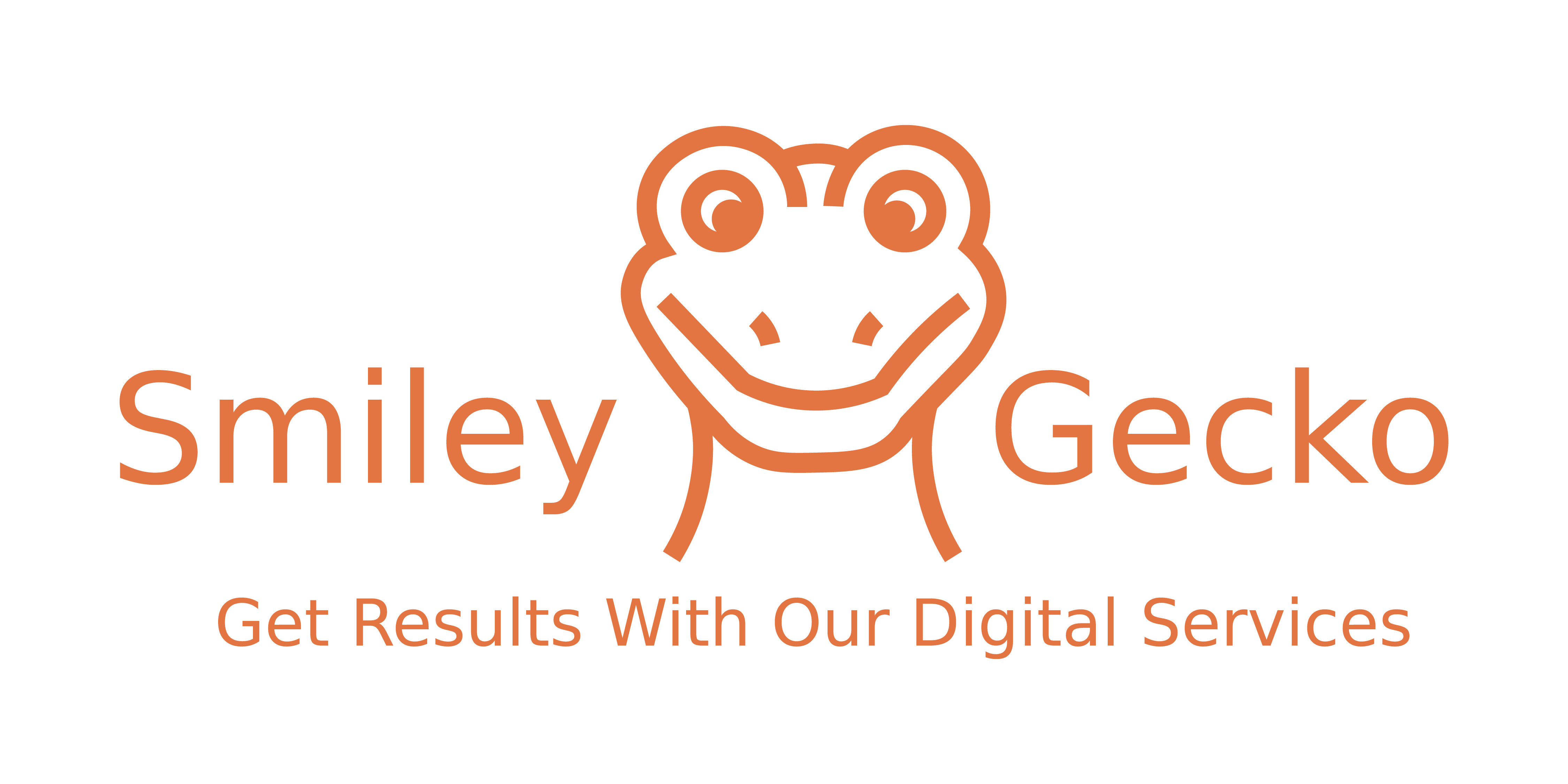
The Importance of Web Design Ethics
Web design is not only about creating attractive and functional websites but also about respecting the rights and interests of the users, clients, and society. Web design ethics are the principles and values that guide the behaviour and decisions of web designers and developers. They help to ensure that the web is a safe, fair, and inclusive space for everyone.
But why are web design ethics important? And what are some of the ethical issues and challenges that web designers face? In this blog, we will explore these questions and provide some tips and resources on how to practice web design ethics.
What are web design ethics?
Web design ethics are the moral standards that web designers and developers follow when creating and maintaining websites. They are based on the core values of honesty, integrity, responsibility, respect, and professionalism. Web design ethics also reflect the legal and social norms and expectations of the web industry and society.
Some of the common web design ethics include:
- Respecting the privacy and security of the users and clients
- Providing accurate and truthful information and content
- Avoiding plagiarism and intellectual property infringement
- Ensuring accessibility and usability for all users
- Promoting diversity and inclusion
- Avoiding bias and discrimination
- Seeking consent and feedback from the users and clients
- Acknowledging and correcting errors and mistakes
- Maintaining transparency and accountability
- Following the best practices and standards of the web industry
Why are web design ethics important?
Web design ethics are important for several reasons. First, they help to protect the rights and interests of the users and clients, who are the main stakeholders of the web. By following web design ethics, web designers and developers can ensure that the websites they create and maintain are safe, reliable, and trustworthy. They can also avoid legal and reputational risks and consequences that may arise from unethical web design practices.
Second, web design ethics help to enhance the quality and value of the websites and the web industry. By following web design ethics, web designers and developers can create websites that are not only aesthetically pleasing and functional, but also accessible, usable, and user-friendly. They can also improve their skills and knowledge and keep up with the latest trends and innovations of the web industry.
Third, web design ethics help to contribute to the social good and the public interest. By following web design ethics, web designers and developers can create websites that are not only profitable and competitive but also ethical and responsible. They can also use their web design skills and expertise to address social issues and challenges and to promote positive change and impact.
What are some of the ethical issues and challenges in web design?
Web design ethics are not always clear-cut and easy to follow. Web designers and developers often face ethical dilemmas and challenges that require them to balance different and sometimes conflicting values and interests. Some of the ethical issues and challenges that web designers face include:
- Privacy and security: How to protect the personal and sensitive data of the users and clients from unauthorized access, use, and disclosure? How to prevent cyberattacks and breaches that may compromise the integrity and availability of the websites? How to inform and educate the users and clients about the privacy and security policies and practices of the websites?
- Information and content: How to ensure that the information and content provided on the websites are accurate, truthful, and relevant? How to avoid plagiarism and intellectual property infringement and respect the sources and authors of the information and content? How do we deal with fake news, misinformation, and disinformation that may mislead or harm the users and society?
- Accessibility and usability: How to ensure that the websites are accessible and usable for all users, regardless of their abilities, disabilities, preferences, and devices? How to comply with the web accessibility standards and guidelines and implement the best practices and techniques of web accessibility and usability? How to test and evaluate the accessibility and usability of the websites and improve them based on the feedback and suggestions of the users?
- Diversity and inclusion: How to ensure that the websites reflect and respect the diversity and inclusion of the users and the society, in terms of their culture, language, gender, age, race, ethnicity, religion, etc.? How to avoid bias and discrimination and promote equality and equity in the web design process and outcomes? How to involve and engage the diverse and marginalized groups of users and stakeholders in the web design process and outcomes?
- Consent and feedback: How to obtain and document the consent and feedback of the users and clients regarding the web design process and outcomes? How to respect the rights and choices of the users and clients and allow them to opt in or opt out of the web design features and services? How to respond and act on the consent and feedback of the users and clients and improve the web design process and outcomes accordingly?

How to practice web design ethics?
Practising web design ethics is not a one-time or a one-size-fits-all task. It is an ongoing and dynamic process that requires web designers and developers to constantly reflect and update their web design ethics and practices. Here are some tips and resources on how to practice web design ethics:
- Learn and follow the web design ethics codes and guidelines: There are various web design ethics codes and guidelines that provide the general and specific principles and rules of web design ethics. Some of the examples are:
- The Code of Ethics for Web Designers and Developers
- The Web Design Code of Ethics
- The Web Professionals Code of Ethics
- The Web Standards Project Code of Ethics
- Seek and provide web design ethics education and training: Web design ethics education and training are essential for web designers and developers to acquire and update their web design ethics knowledge and skills. Web designers and developers should seek and provide web design ethics education and training, such as:
- Web Design Ethics Course
- Web Design Ethics Workshop
- Web Design Ethics Podcast
- Web Design Ethics Book
- Join and support web design ethics communities and initiatives: Web design ethics communities and initiatives are important for web designers and developers to network and collaborate with other web design ethics practitioners and advocates. Web designers and developers should join and support web design ethics communities and initiatives, such as:
- Web Design Ethics Forum
- Web Design Ethics Group
- Web Design Ethics Campaign
- Web Design Ethics Award
Conclusion
Web design ethics are the moral standards that web designers and developers follow when creating and maintaining websites. They are important for protecting the rights and interests of the users and clients, enhancing the quality and value of the websites and the web industry, and contributing to the social good and the public interest. Web designers and developers face various ethical issues and challenges that require them to balance different and sometimes conflicting values and interests. Web designers and developers can practice web design ethics by learning and following the codes and guidelines, seeking and providing web design ethics education and training, and joining and supporting web design ethics communities and initiatives.
Questions and Answers
- What are web design ethics?
- Web design ethics are the moral standards that web designers and developers follow when creating and maintaining websites.
- Why are web design ethics important?
- Web design ethics are important for protecting the rights and interests of the users and clients, enhancing the quality and value of the websites and the web industry, and contributing to the social good and the public interest.
- What are some of the ethical issues and challenges in web design?
- Some of the ethical issues and challenges in web design are privacy and security, information and content, accessibility and usability, diversity and inclusion, consent and feedback.
- How to practice web design ethics?
- Web designers and developers can practice web design ethics by learning and following the web design ethics codes and guidelines, seeking and providing web design ethics education and training, and joining and supporting web design ethics communities and initiatives.





0 Comments